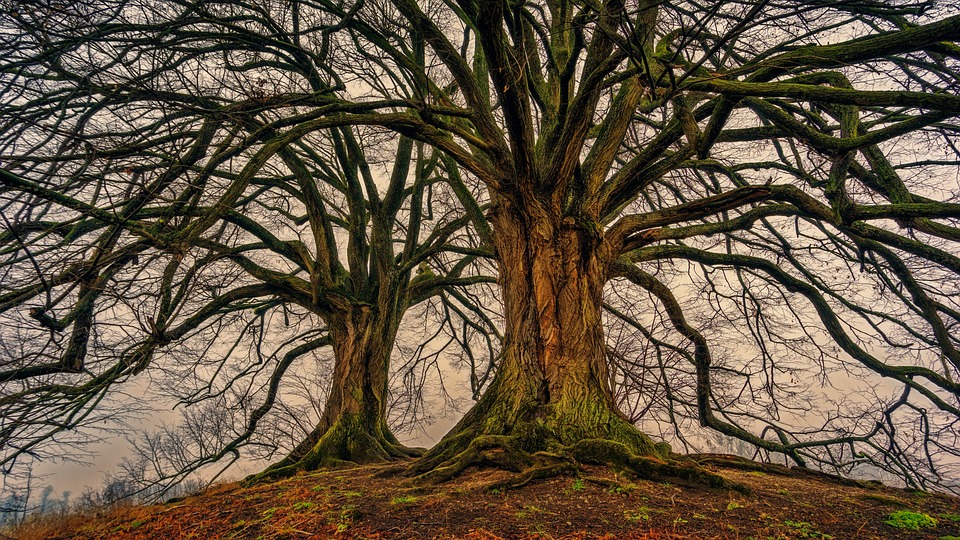Don’t ya just love stories with a twist like the following:
Life of Pi.
Unknown, (adapted from French novel, Out of My Head by Didier Van Cauwelaert, screenplay created by Oliver Butcher and Stephen Cornwell.
The Bourne Identity by Robert Ludlum, had a few twists with a whole lotta tension.
What is a Plot Twist?
A PLOT TWIST creates a far more interesting read for your fans, as well as, pushes characters forward and into action.
Twists are unexpected changes in the direction of the story. It/they don’t need to appear in any specific part of the plot, but need to be set up correctly. www.sarahoakley.com
While your twist needs to be a surprise, it needs to be inevitable. If your reader goes back through the story…they need to identify cleverly hidden clues.
Types of Plot Twists
Revelation: (The writer presents new information i.e. betrayal)
Unexpected Consequences: (A character expects events to go one way, but something completely different happens.
Misdirection: (readers believe the crime is solved—your protagonist caught the killer—but another murder happens.)
Build Your Twist from the Beginning
See: Fight Club. From the opening scene, readers are given clues.
Suggestion: Great twists need plausibility. Don’t try to fool readers.
Plot Twist Ideas from: masterclass.com/
1. Your protagonist is betrayed by their close friend (done plenty of times, but the great reveals have the best setups.
2. A new character appears
3. The antagonist announces their love for the main character
4. The main character makes a mistake (the stakes are huge)
5. The main character fails to defeat the protagonist
6. A flashback reveals an important detail to the reader
7. The criminal gets poetic justice
8. A minor twist is followed by a bigger twist
9. Kill off a seemingly important character 1/5th of the way into your story
10. Elevate a seemingly minor character
11. Have your big reveal instigate a twist ending. If you insert a good plot twist at the end of the film or novel, don’t wrap up the story right there. Make the plot twist have a consequence–one more problem for your protagonist to solve. Or, if you’re planning to start a series, make your twist ending the cliffhanger that tees up the next book, movie, or TV episode.
How Do I Write a Twist into My Story?
*Below is from: https://nybookeditors.com/2018/02/all-about-plot-twists
“Foreshadowing is essential, but when you’re setting up a plot twist, you can’t reveal too much. Otherwise, the reader will be able to guess what will happen, and it won’t be a twist at all.
Withhold the information until it cannot be withheld any longer. This helps to increase the tension within your story. It’s quite miraculous. Immediately after inserting a plot twist, the story proceeding should become better and stronger. The reader will hunt back through the story, looking for clues that this twist would happen. Clues should be there– sparingly.”
Suggestion: Write the twist backward from where it happens in your story.
Bury Your Plot Twist Clues
Plot twists must surprise your readers.
Suggestion: Create a list of clues. Decide where to bury them in your writing until you’re ready for the reader to find them. Yes, a Red Herring may be your best friend.
DON’T: describe a plot twist with narration.
DO: have your protagonist uncover the fact that someone isn’t who they claim to be, or that a person they thought was dead is still alive.
Suggestion: Readers don’t want a twist they’ve seen in a hundred other stories.
Please, Don’t Use Cliché Twists such as:
The antagonist was really the protagonist’s sister, (although it worked in Star Wars).
None of it ever happened because it was a dream.
There was only ever one hero that could save the day, and it turns out it’s the protagonist.
Someone faked their death and returned later to save the day.
Suggestion: Brainstorm with creative people for a great twists. RMFW.org has plenty of writing groups for you to join today!

